
AllQuestion and Answers: Page 1147
Question Number 103040 Answers: 5 Comments: 0
Question Number 103037 Answers: 1 Comments: 0
Question Number 103021 Answers: 2 Comments: 0

Question Number 103016 Answers: 0 Comments: 0

Question Number 103073 Answers: 1 Comments: 0
Question Number 103072 Answers: 1 Comments: 9

Question Number 103014 Answers: 2 Comments: 0
$${y}''\:−{y}\:=\:\frac{{e}^{{x}} }{{e}^{{x}} \:+\:{e}^{−{x}} }\:. \\ $$
Question Number 103009 Answers: 2 Comments: 0
Question Number 103008 Answers: 2 Comments: 0
$$\frac{{dy}}{{dx}}\:−\:{y}.\mathrm{tan}\:{x}\:=\:{e}^{{x}} .\mathrm{sec}\:{x} \\ $$
Question Number 103004 Answers: 0 Comments: 0

Question Number 103001 Answers: 2 Comments: 0

Question Number 102991 Answers: 1 Comments: 0

Question Number 102987 Answers: 2 Comments: 0
Question Number 102985 Answers: 2 Comments: 0
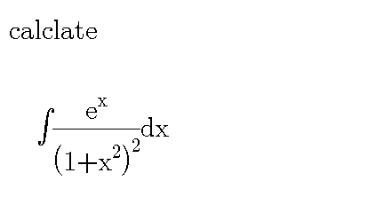
Question Number 103859 Answers: 1 Comments: 0
Question Number 103093 Answers: 5 Comments: 0
Question Number 102980 Answers: 1 Comments: 6
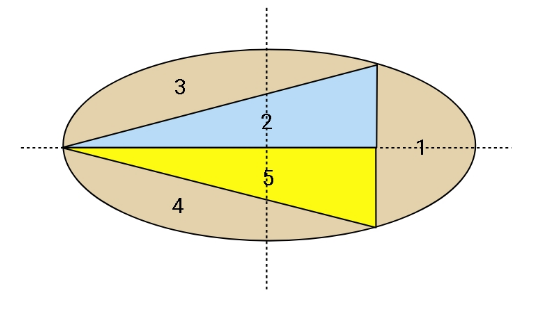
Question Number 102978 Answers: 2 Comments: 1

Question Number 102975 Answers: 0 Comments: 1
Question Number 102967 Answers: 1 Comments: 0
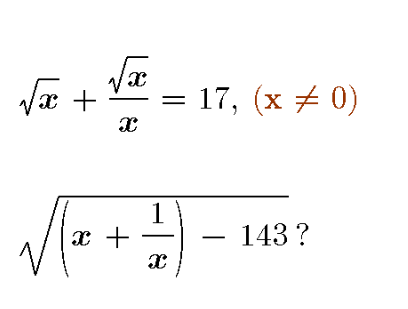
Question Number 102944 Answers: 0 Comments: 5
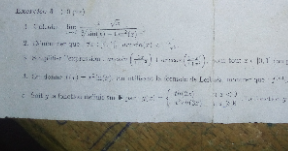
Question Number 102940 Answers: 0 Comments: 1
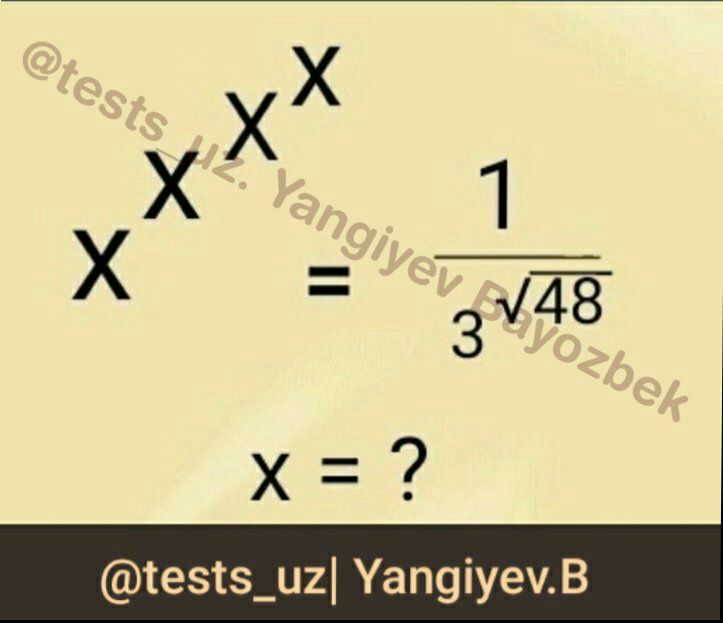
Question Number 102927 Answers: 3 Comments: 1
Question Number 102926 Answers: 3 Comments: 0
$$\:\int\:\frac{{d}\theta}{\mathrm{2}{sin}^{\mathrm{2}} \theta−{cos}^{\mathrm{2}} \theta}\:\:? \\ $$
Question Number 102922 Answers: 1 Comments: 1
$$\int\:\frac{{dx}}{{x}^{\mathrm{3}} +\mathrm{3}{x}−\mathrm{5}}\:\:? \\ $$
Question Number 103071 Answers: 0 Comments: 0
Pg 1142 Pg 1143 Pg 1144 Pg 1145 Pg 1146 Pg 1147 Pg 1148 Pg 1149 Pg 1150 Pg 1151
